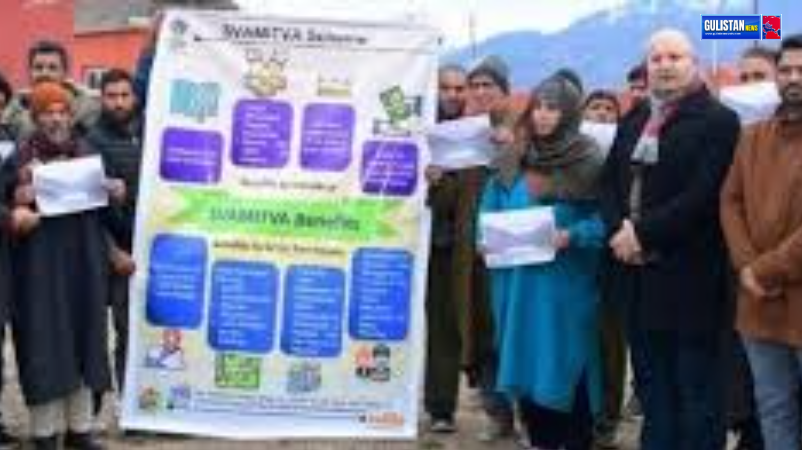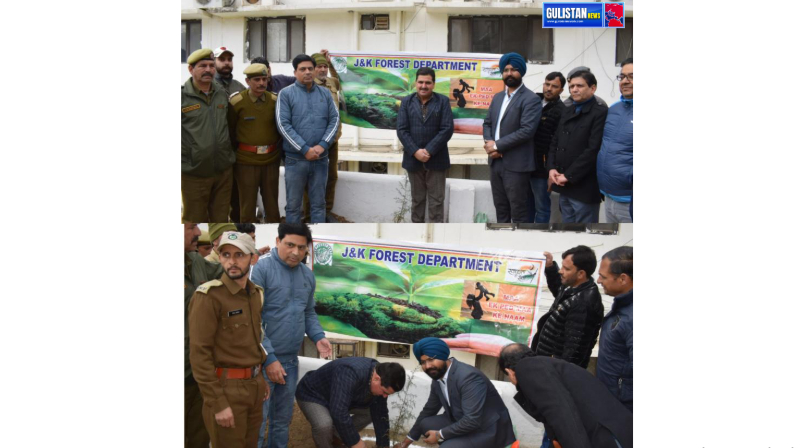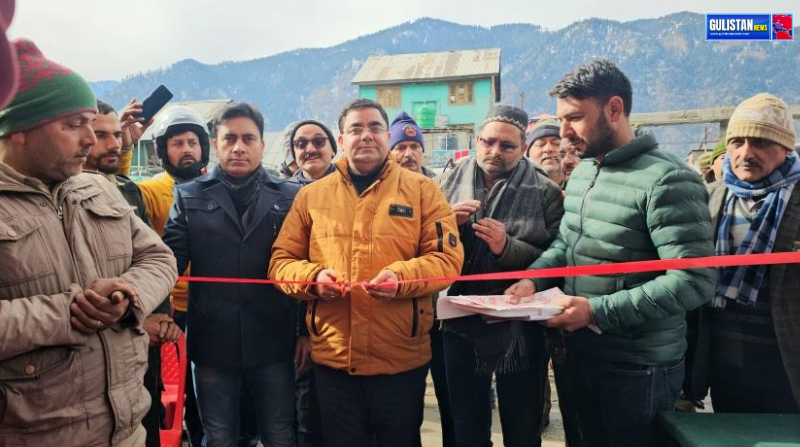The Union Territory of Jammu and Kashmir has conducted a Social Audit of all the works carried out under MGNREGA in all 4291 Panchayats, marking the first time that such an audit has been conducted by the government. This move was aimed at ensuring transparency and accountability in the execution of the works. Additionally, the Rural Development Department plans to bring additional schemes within the purview of Social Audit during the current financial year.
According to the recently released Economic Survey by Chief Secretary Dr. Arun Kumar Mehta, during the financial year 2022-23, the government directed the Directorate of Social Audit to conduct a social audit of all the works carried out under MGNREGA in all 4291 Panchayats to ensure transparency and accountability.
It is commendable that the Social Audit of all the works executed under MGNREGA has been completed in all 4291 Panchayats across the Union Territory with the help of Field Officers of the Department of Rural Development and Panchayati Raj. The audit report has been submitted to the Government for analysis and necessary actions will be taken wherever required.
According to the recently released Economic Survey, the Social Audit of all MGNREGA works executed in all 4291 Panchayats across the Union Territory has been completed for the first time. The audit was conducted by the Directorate of Social Audit with the assistance of Field Officers of the Department of Rural Development and Panchayati Raj, and the audit report has been submitted to the Government for analysis and corrective actions. The survey stated that this step will greatly enhance transparency, participation, consultation, and accountability under MGNREGA, and additional schemes of RDD and other departments will also be included in the Social Audit during the financial year 2023-24.
As per the Economic Survey, in order to provide appropriate grievance redressal mechanism which allows worker/citizen to lodge complaint and trace the subsequent response regarding their entitlements, Ombudspersons have been appointed in 17 districts and the same for remaining three districts will be appointed soon.
Moreover, the UT has moved on to NeFMS platform for payment of wages, which transfers wages through DBT in the account of beneficiaries directly from the account maintained at Government of India level. Consequently, payment was made to workers within 15 days and the payment percentage was 92.42 % and the UT is targeting 100 % timely payments shortly.
In order to achieve a comprehensive understanding of working conditions of MGNREGA workers, Time & Motion Study (TMS) has been conducted through NIT Srinagar and on the basis of this study, schedule of rates (SoR) for MGNREGA works is being formulated by the Department of Rural Development and Panchayati Raj.
Further, to achieve transparency and good governance, Citizen Information Boards (CIBs) are being installed at all works under various schemes and GIS planning is being implemented in MGNREGA with a total of 3191 Panchayats having prepared plans using GIS based planning and a total of 1.63 lakh works have been taken up till date under GIS based planning, Economic Survey said.
Under Rashtriya Gram Swaraj Abhiyan (RGSA), 143 Panchayat Ghars have been taken up for construction, out of which 59 have been completed, the Economic Survey said, adding “the construction of 500 new Panchayat Ghars have been approved and 1,131 Gram Panchayats are being solarized”.
Moreover, People’s Plan Campaign for formulation of Gram Panchayat Development Plan (GPDP), Block Panchayat Development Plan (BPDP) District Panchayat Development Plan (DPDP) has been rolled out and 1,075 Gram Panchayats have been identified for providing of internet connection through BharatNet (FTTH connection). Even the guidelines for expenditure by Panchayats out of own source revenue will be notified shortly.
“Given the vast landscape of the UT of J&K with varied geographical advantages and challenges, developmental interventions have to be planned based on the regional availability of resources and building synergies between the departments enabling to achieve the common mandate of development, prosperity and harmony in the society”, the Economic Survey said, adding “Gram Panchayats have been advised to prepare village development plans based on the maximum participation of the relevant line departments and the community to optimize public resources utilization and avoidance of duplication of efforts”.
“Rural Haats are being targeted to be set in every panchayat as around 3023 Village Rural Haats (VRHs), established under the Jammu and Kashmir Rural Livelihood Mission (JKRLM) during the Back to Village programme, have earned a whopping Rs 17.50 lakh sales in seven days”, the Economic Survey further said.









